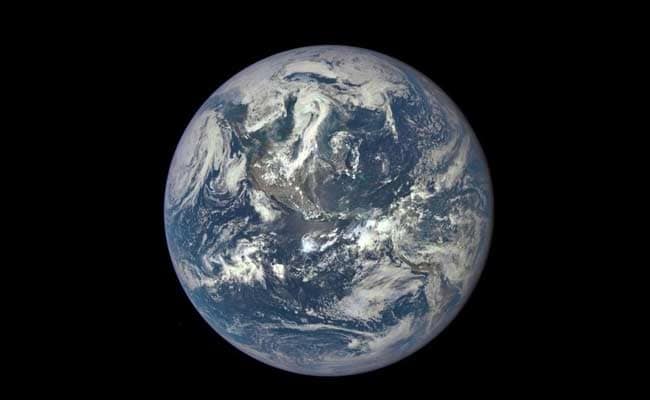
An historical space rock in a Swedish quarry, that can shed extra mild at the evolution of lifestyles, has been found via the scientists. (file photograph)
the big apple: Scientists have observed an historical space rock in a Swedish quarry that is a sort ofmeteorite never earlier than found on the earth and might shed greater light on the evolution oflifestyles.
the brand new meteorite, known as Ost 65, seems to be from the missing partner in a big asteroid collision 470 million years in the past.
The collision despatched debris falling to the Earth over approximately 1,000,000 years and might havestimulated a high-quality diversification of existence inside the Ordovician length which lasted nearly 45million years, starting 488.3 million years ago and ending 443.7 million years ago.
one of the gadgets involved in this collision is 9aaf3f374c58e8c9dcdd1ebf10256fa5. It changed into thesupply of L-chondrites, the most not unusual form of meteorite. but the identification of the item that hitit’s been a thriller.
“In our whole civilisation, we’ve got amassed over 50,000 meteorites and no person has visiblesomething like this one earlier than,” stated take a look at co-creator Qing-zhu Yin, professor of geochemistry and planetary sciences at university of California-Davis.
“discovering a brand new kind of meteorite may be very, very interesting,” he brought in a paper statedinside the magazine Nature Communications.
Ost 65 was discovered in Sweden’s Thorsberg quarry, source of greater than one hundred fossil meteorites.
Measuring just under four-inches huge, it looks like a grey cow patty plopped right into a pristine layer of fossil-wealthy pink limestone.
by using measuring how long Ost sixty five became uncovered to cosmic rays, the group mounted that it travelled in area for approximately one million years earlier than it fell to the Earth 470 million years ago.
This timeline fits up with L-chondrite meteorites observed inside the quarry.
in step with the researchers, about one hundred instances as many meteorites slammed into the Earththroughout the Ordovician period as compared with these days because of the massive collision in theasteroid belt.
This rain of meteorites may also have opened new environmental niches for organisms, therefore boostingeach the variety and complexity of existence on the earth.
“I suppose this shows the interconnectedness of the entire sun machine in area and time, that a random collision 470 million years ago within the asteroid belt, ought to dictate the evolutionary course of specieshere on the planet,” Mr Yin defined.




